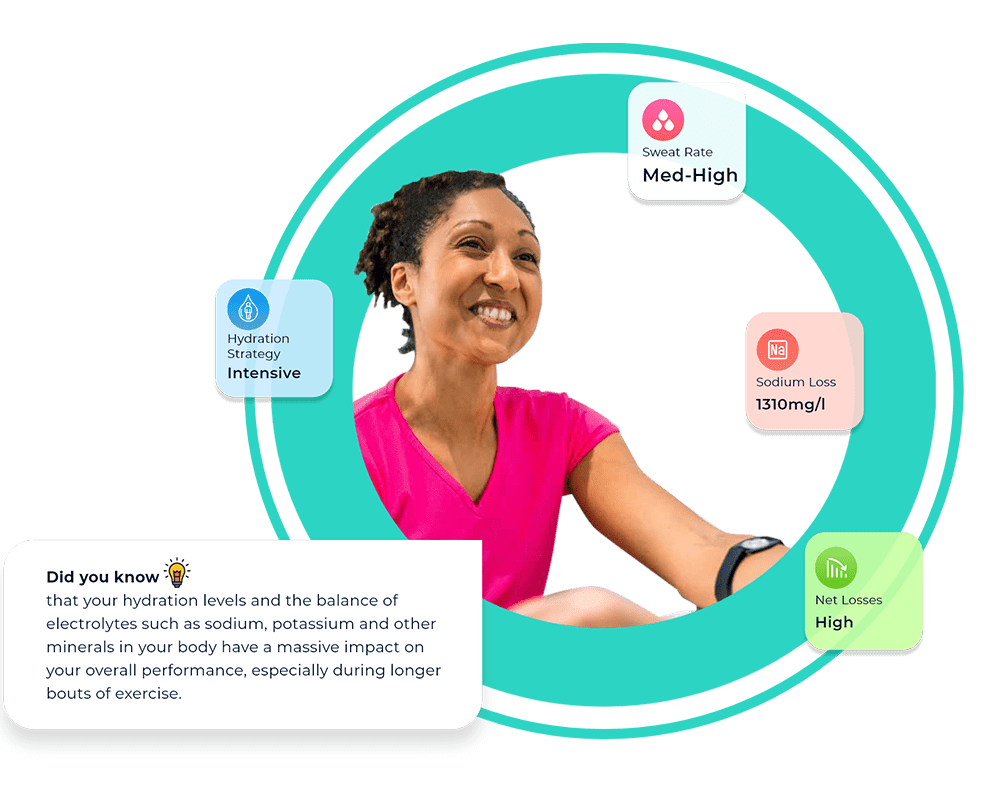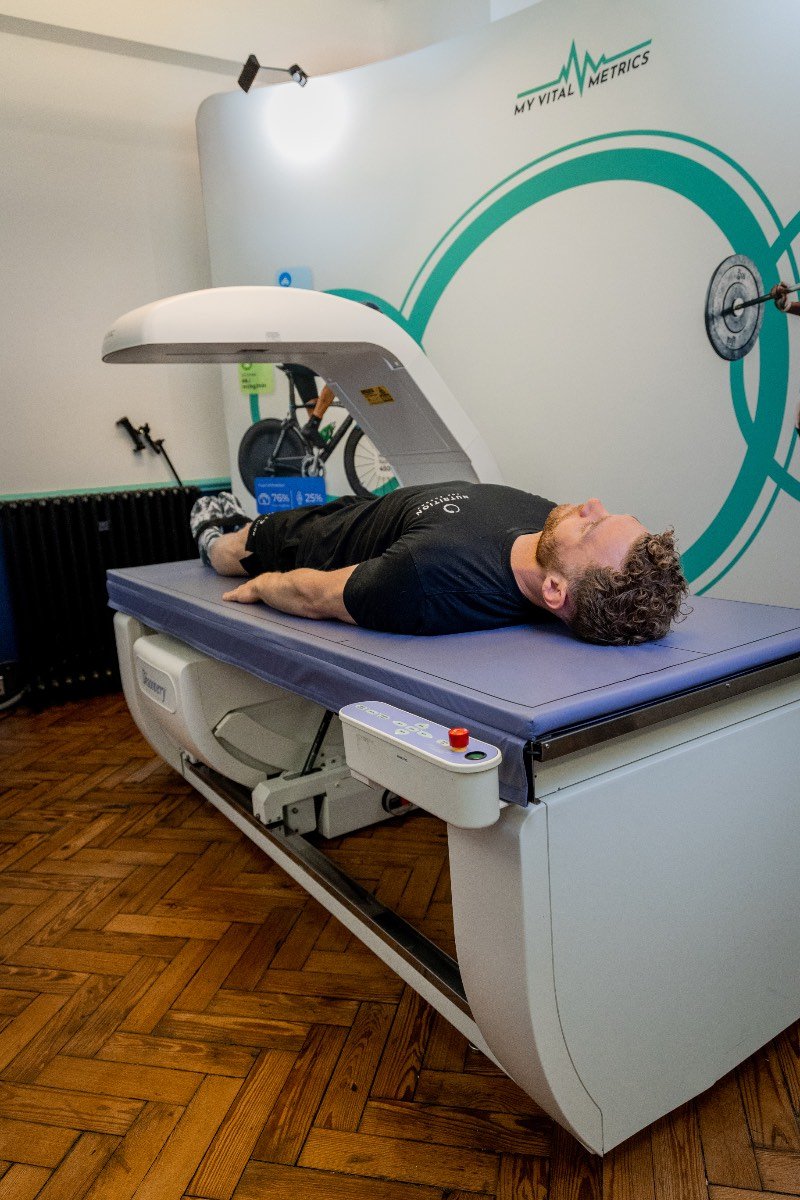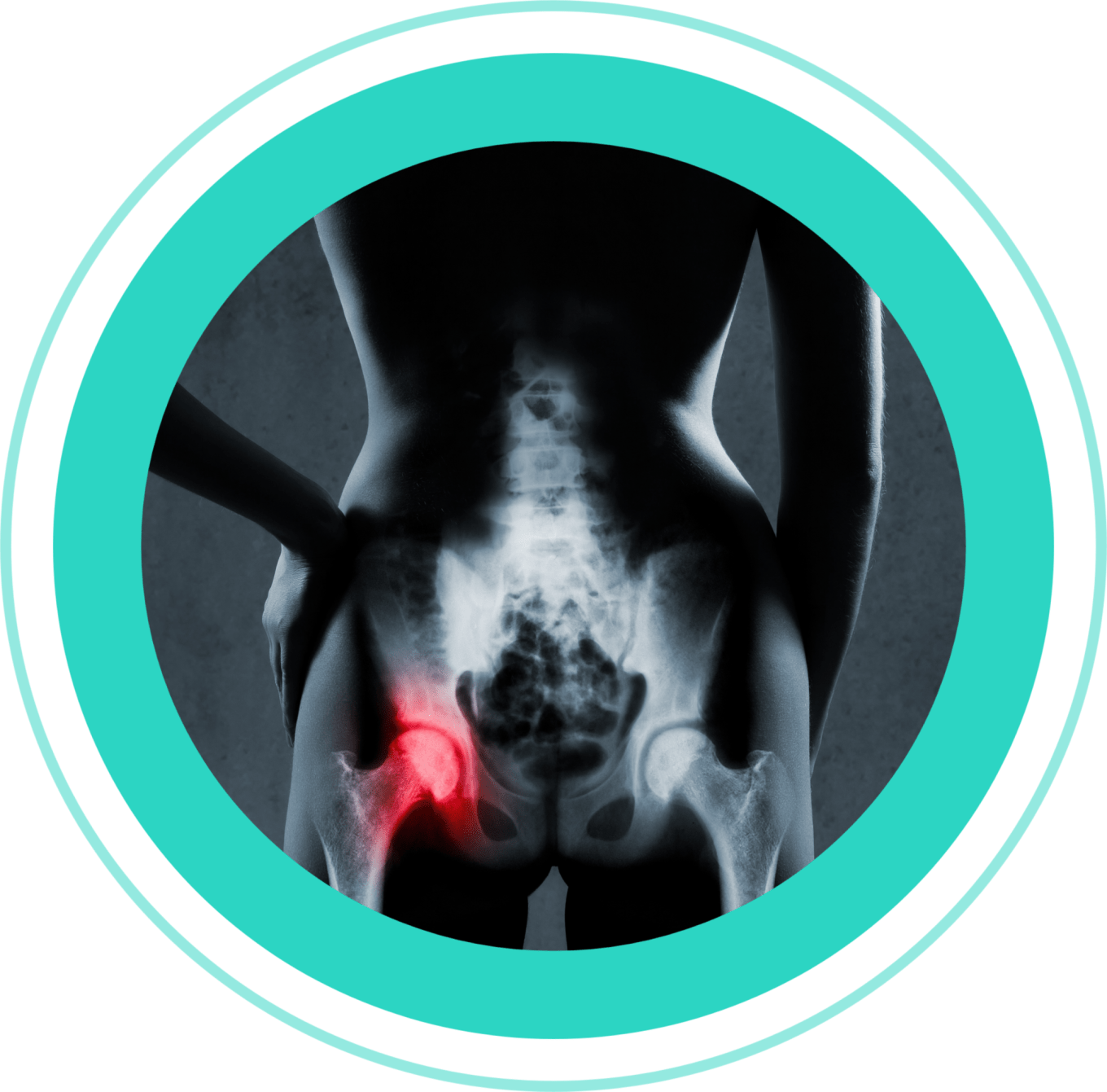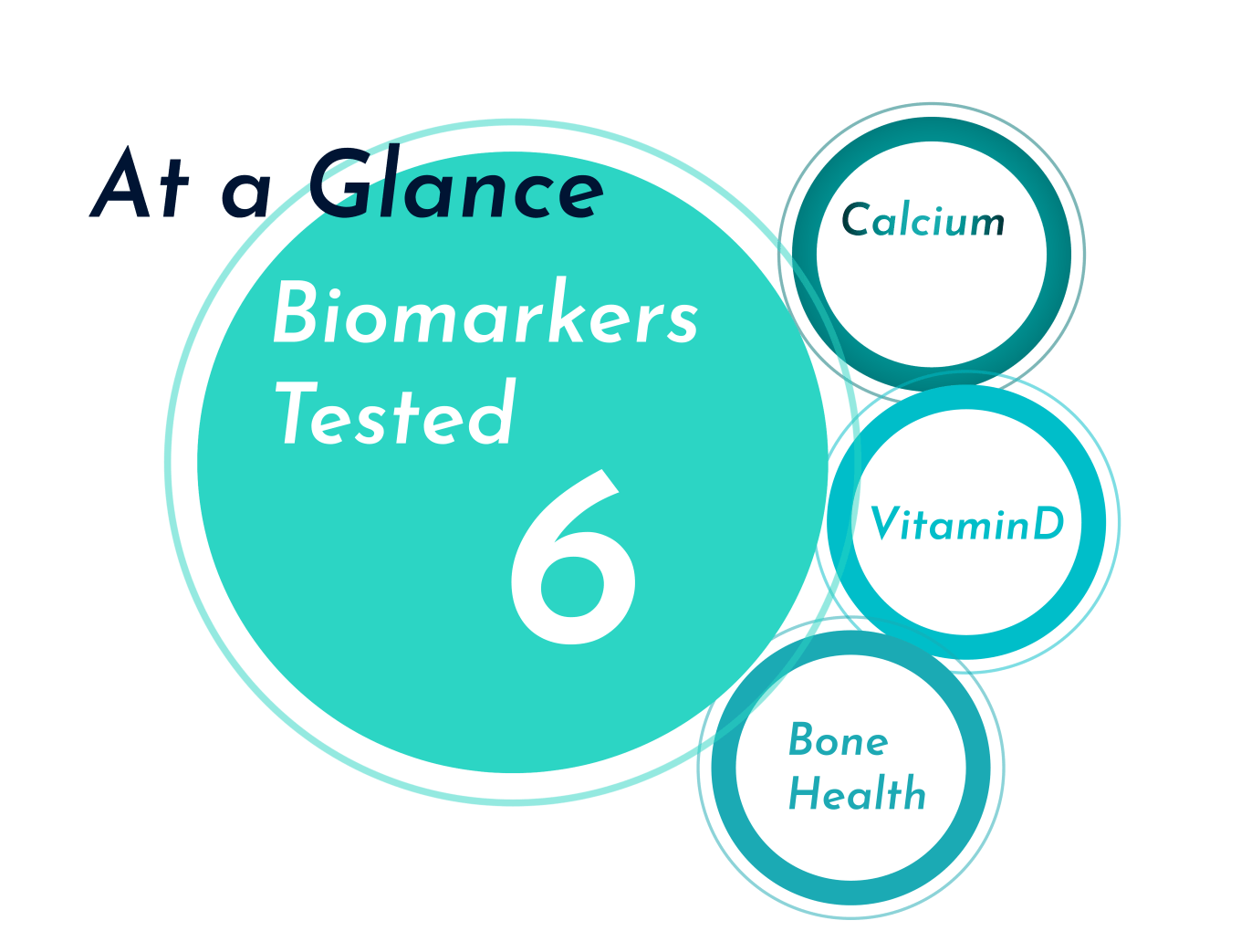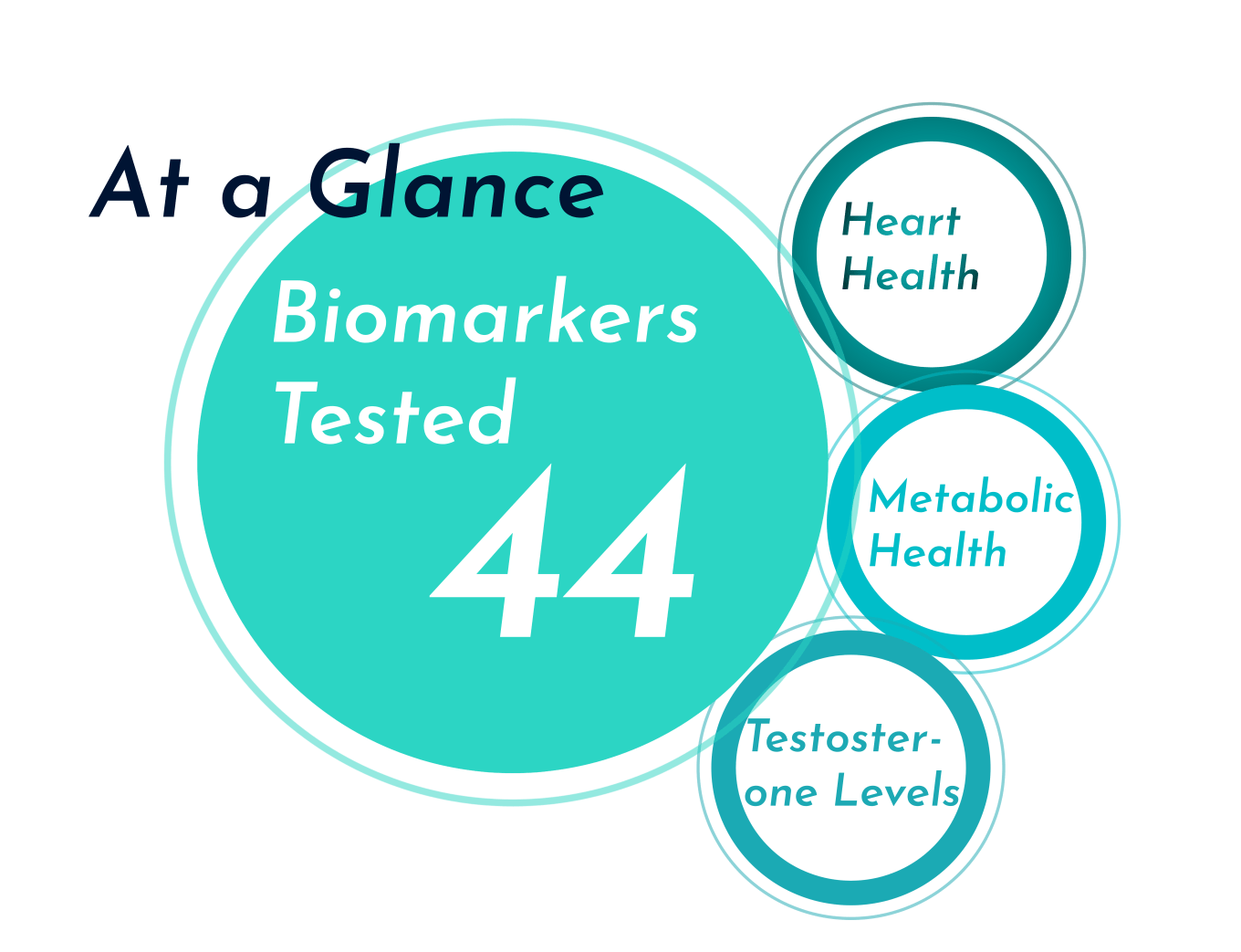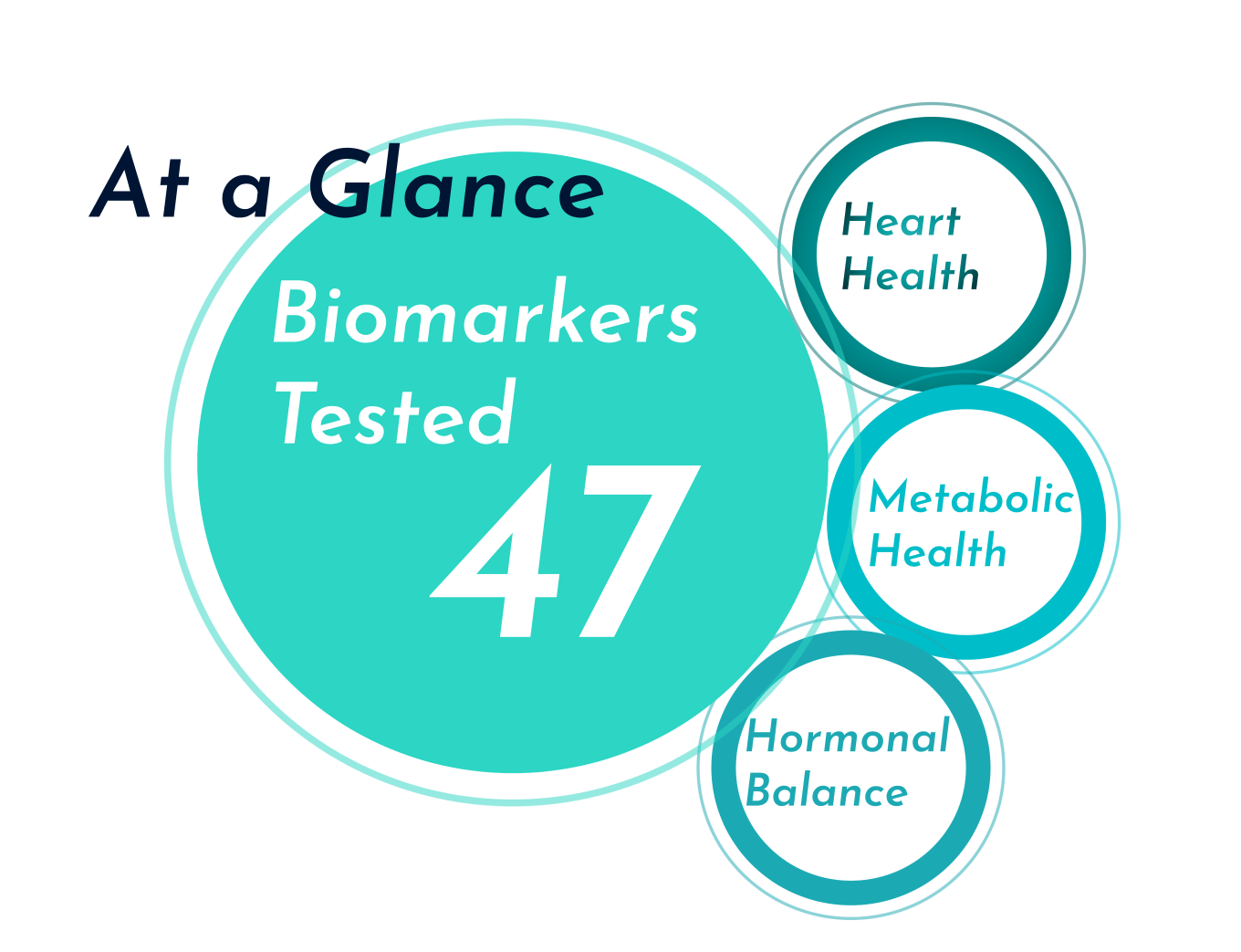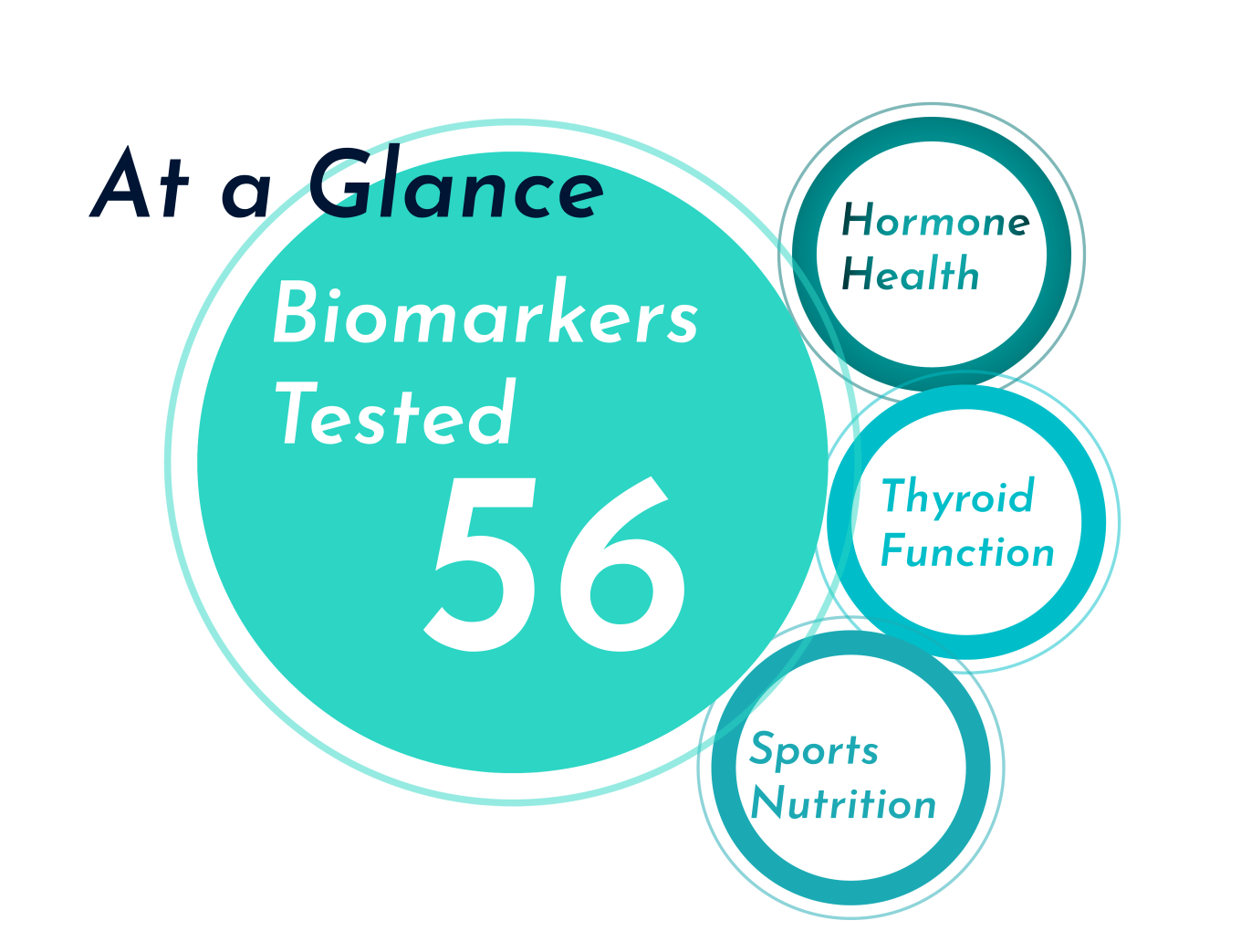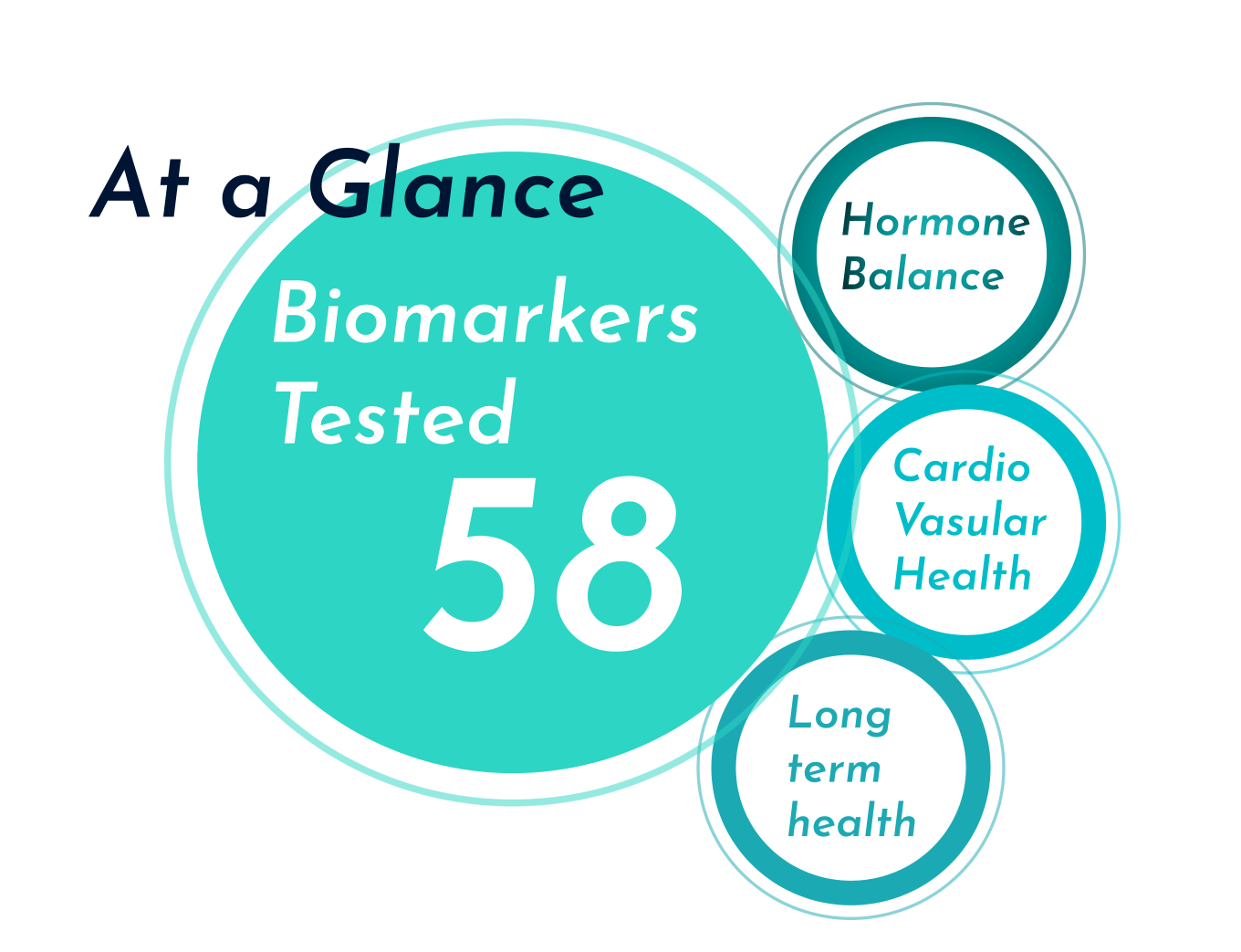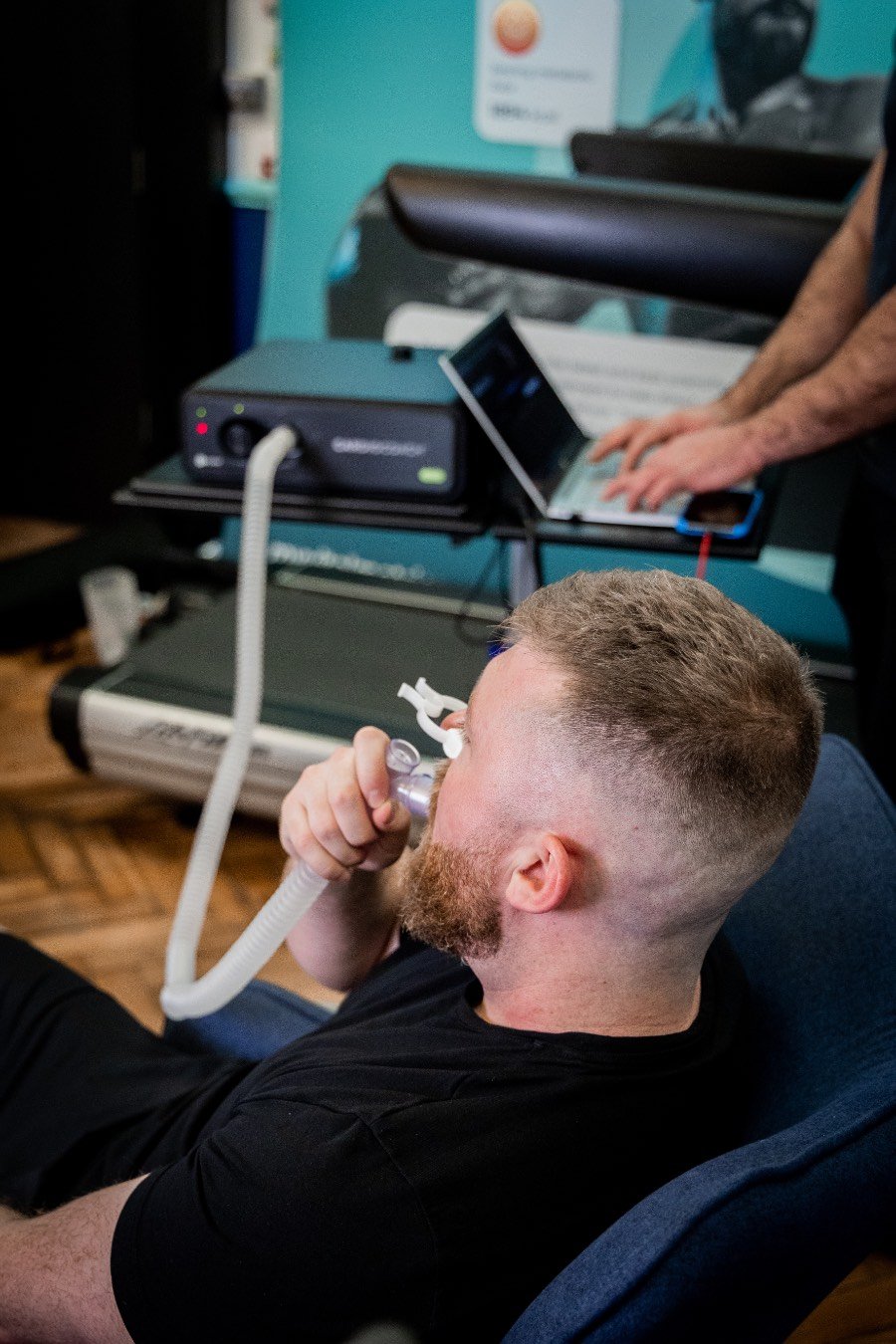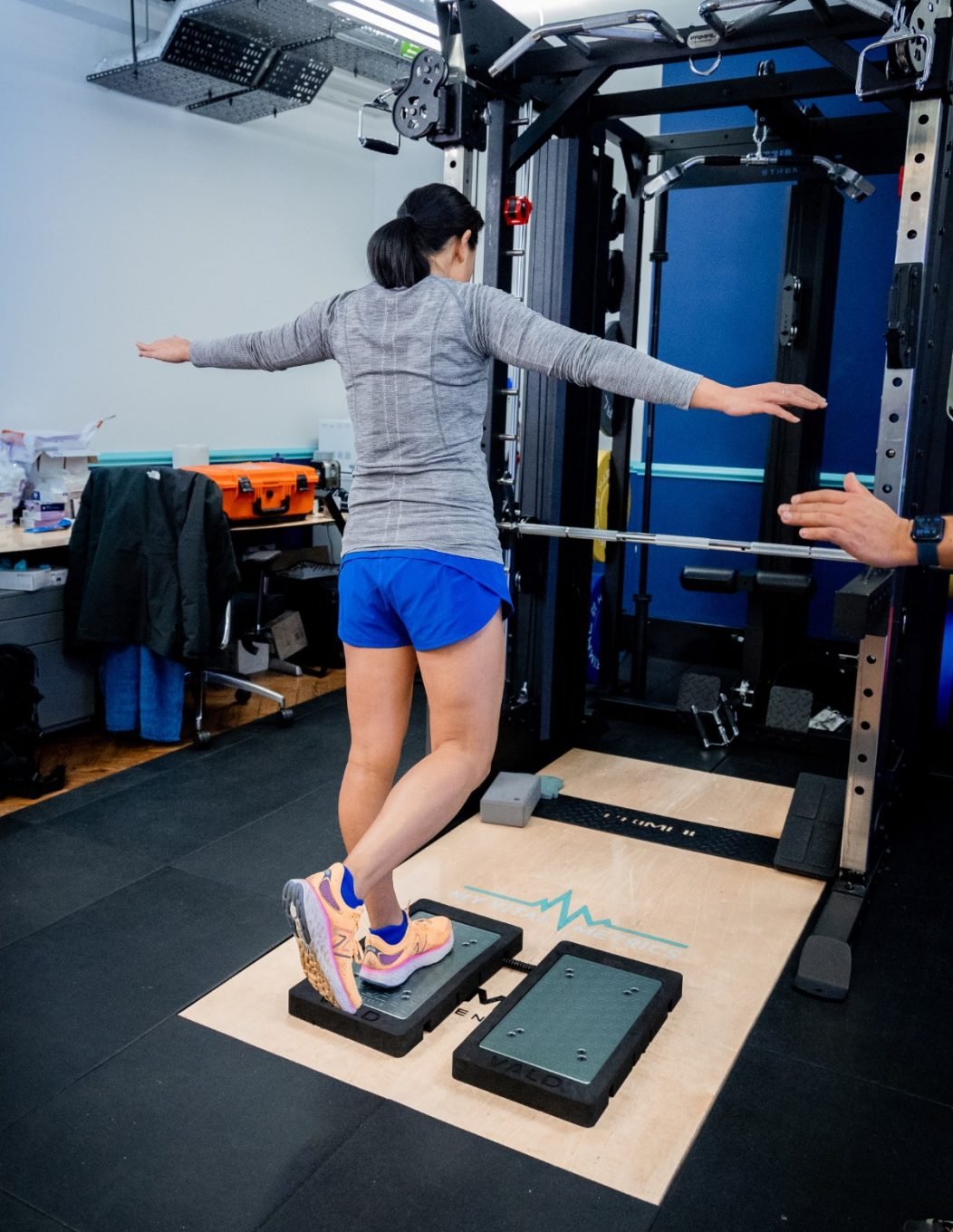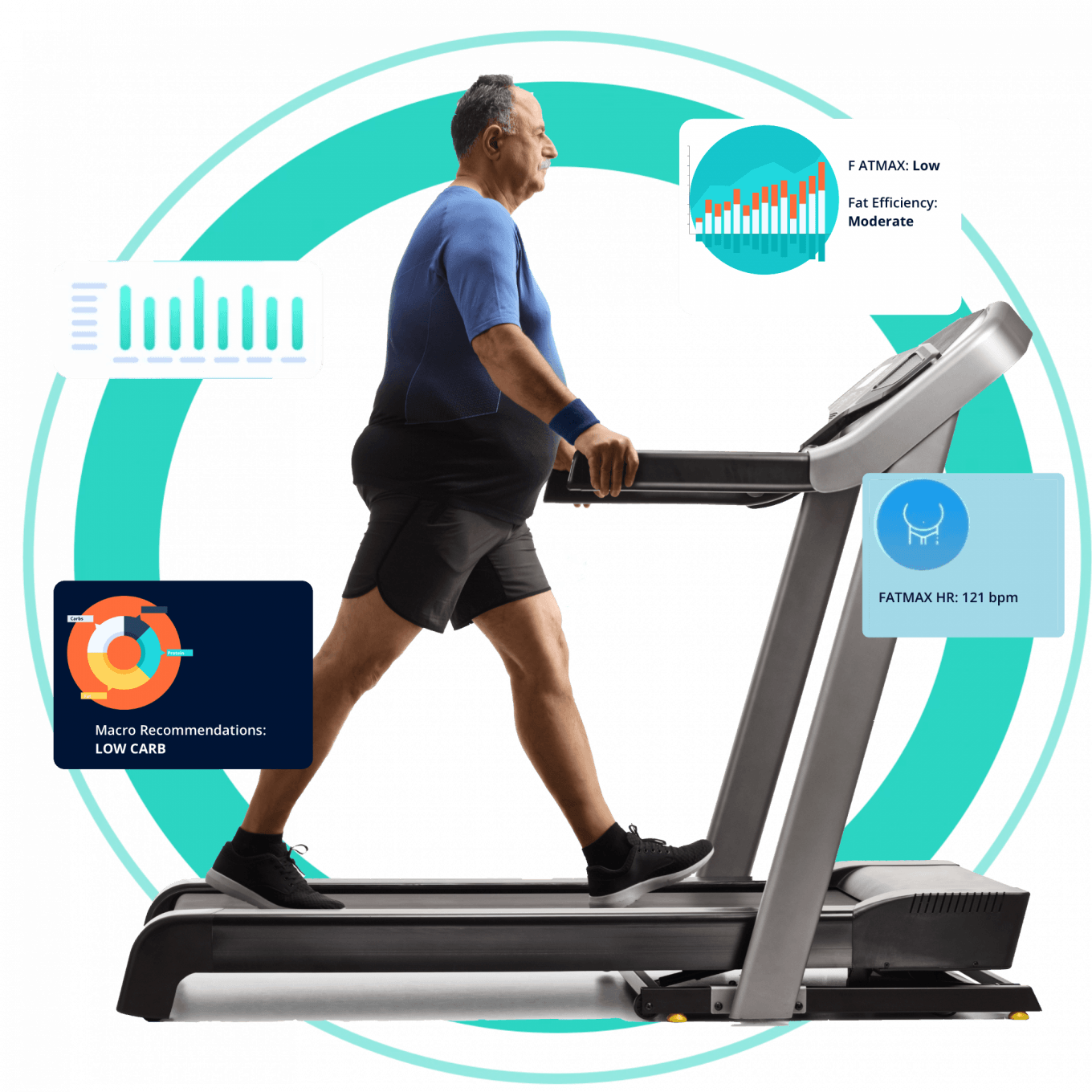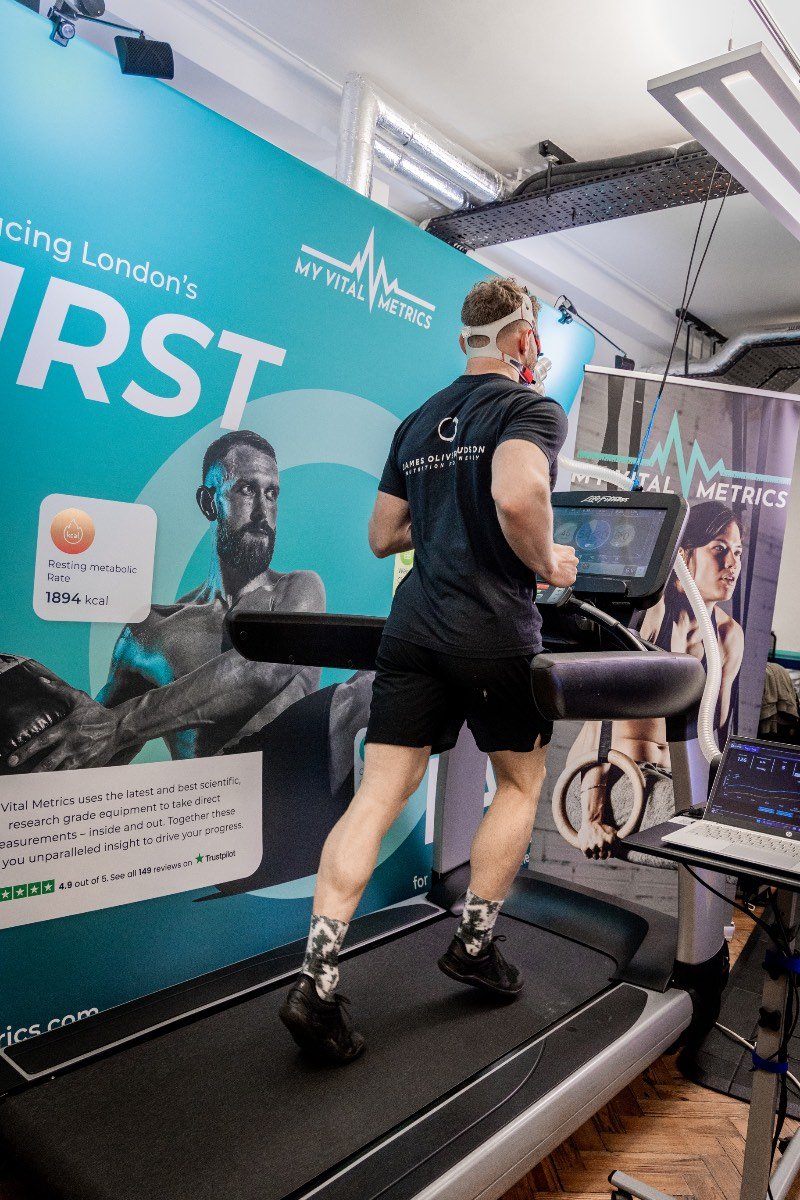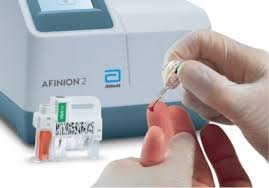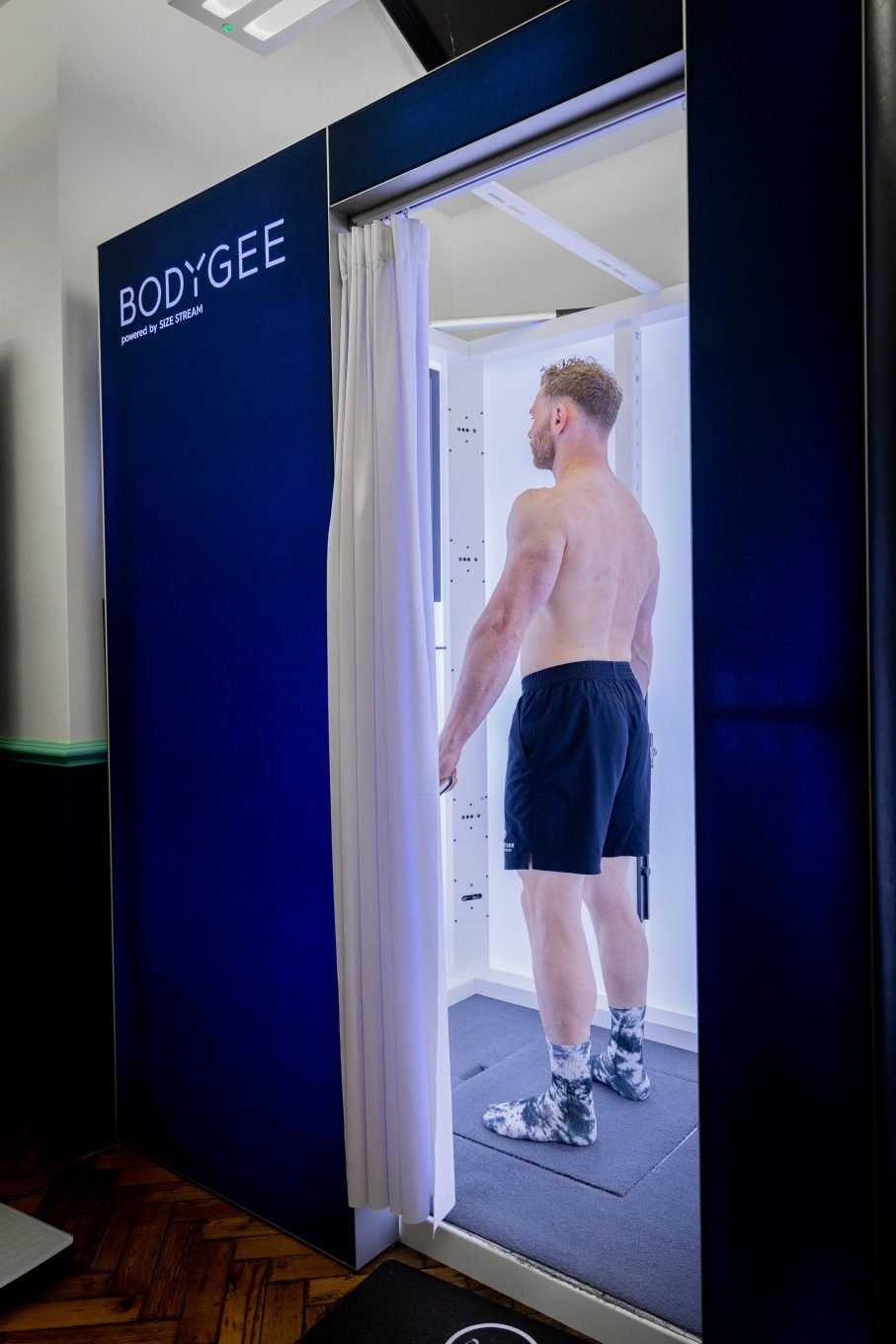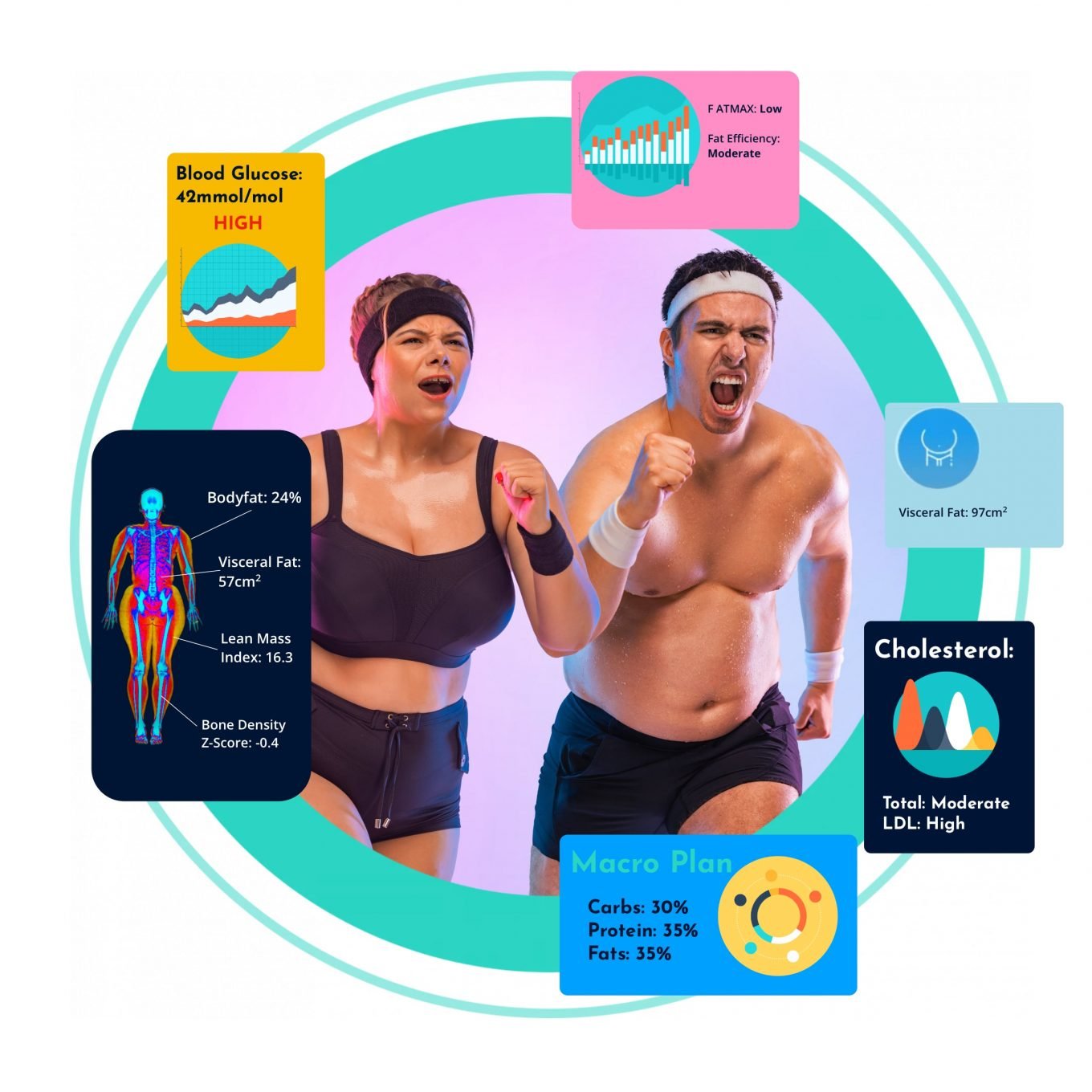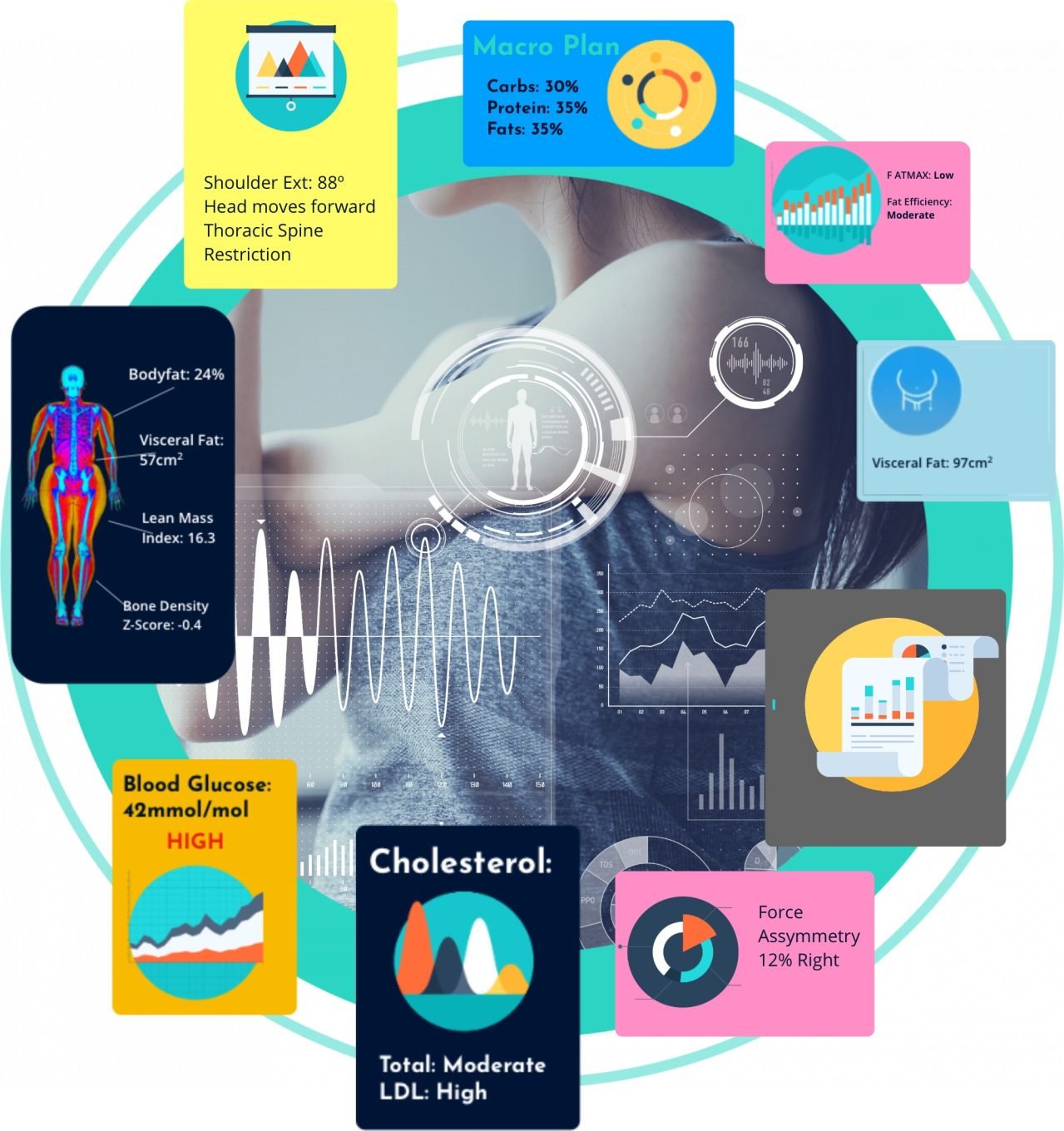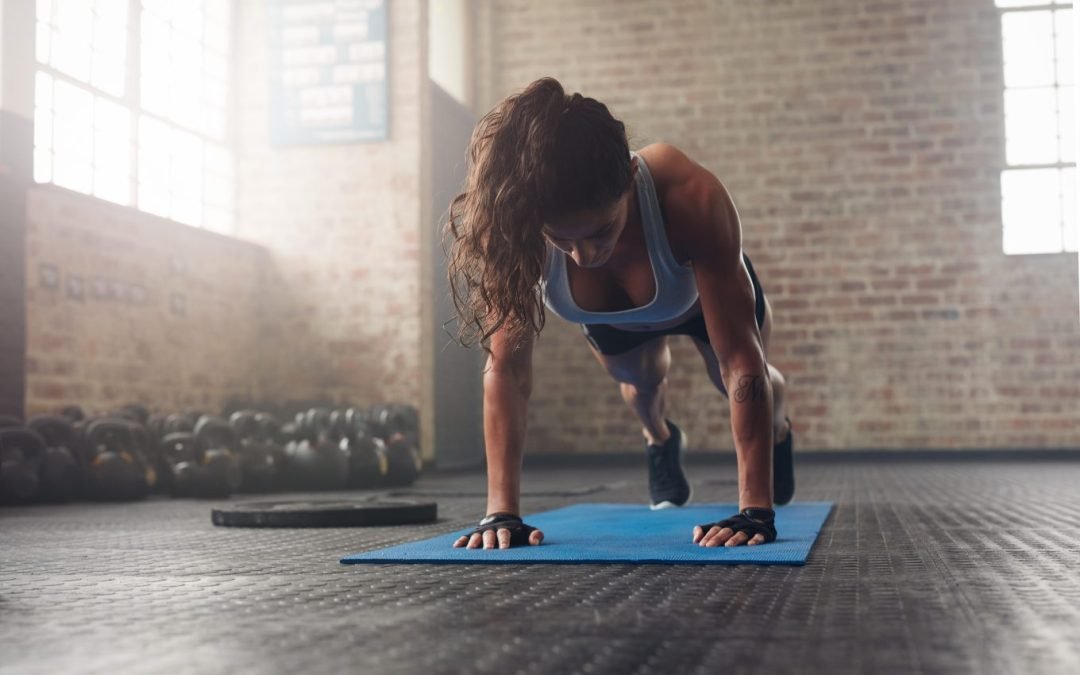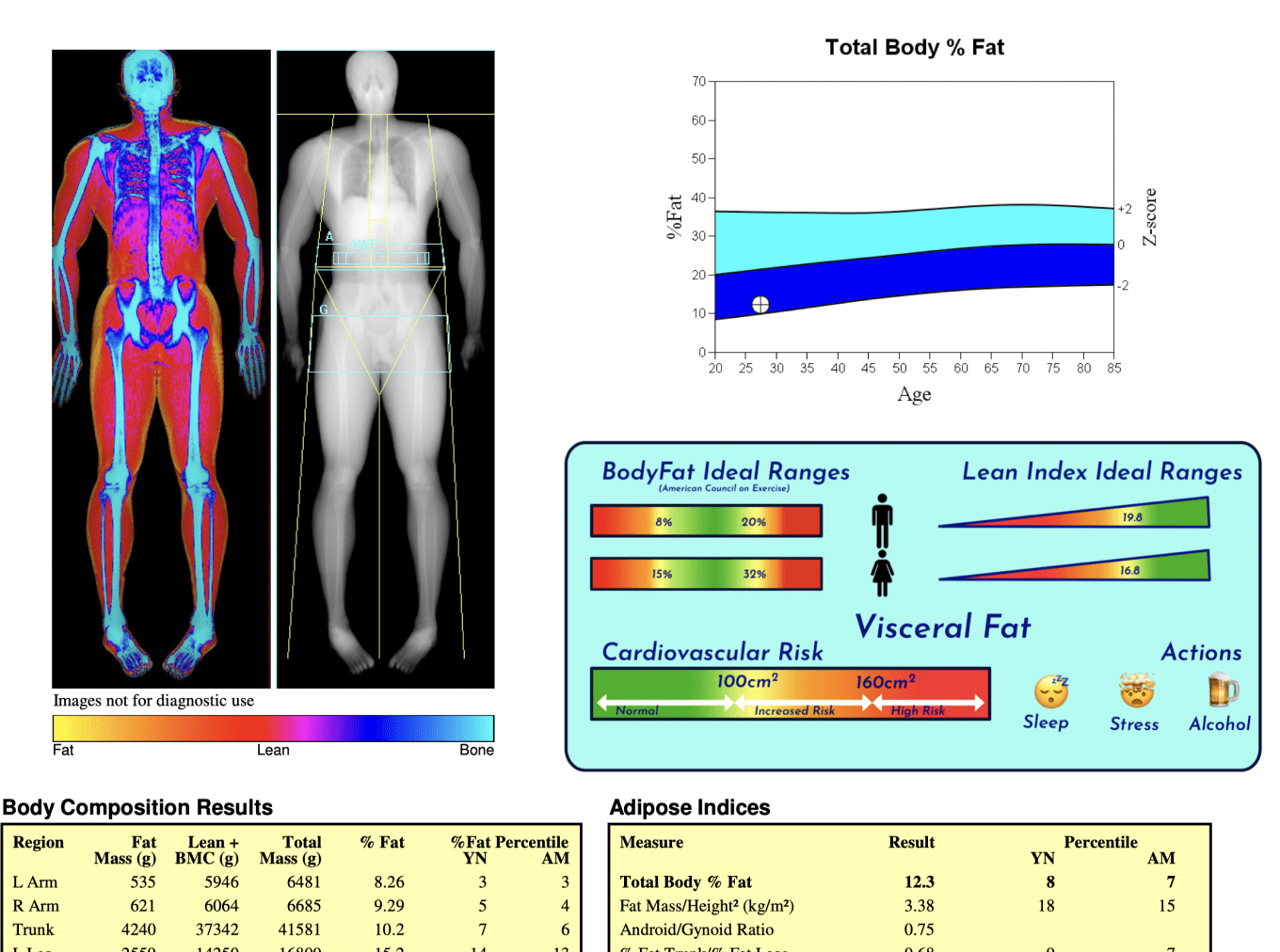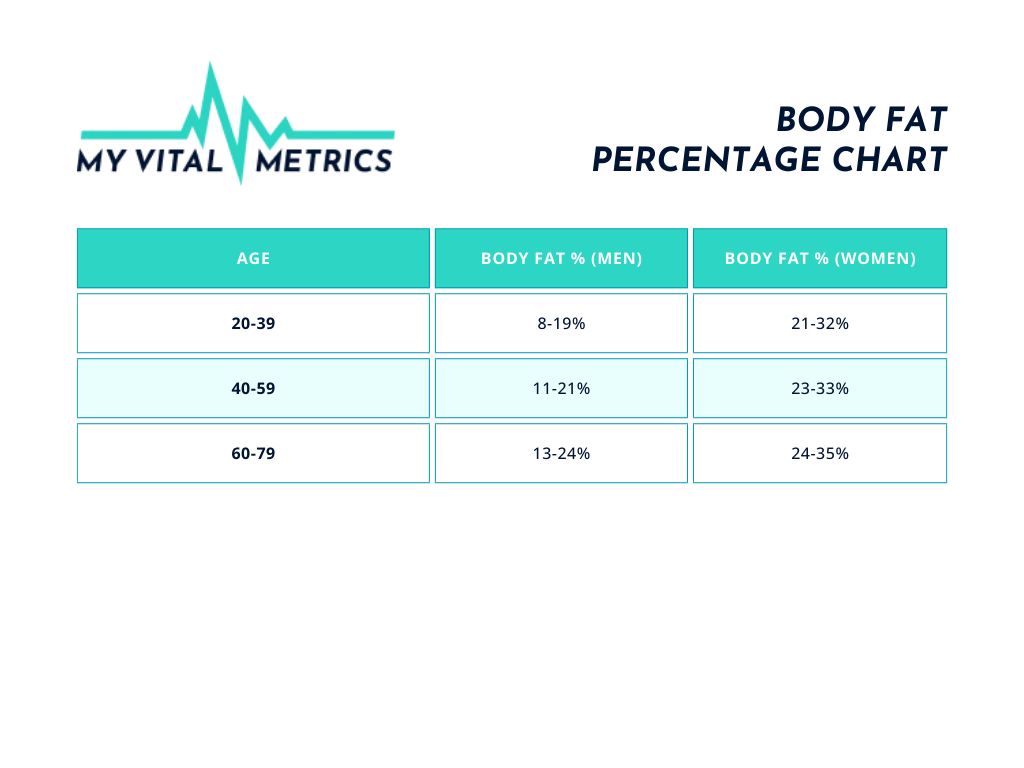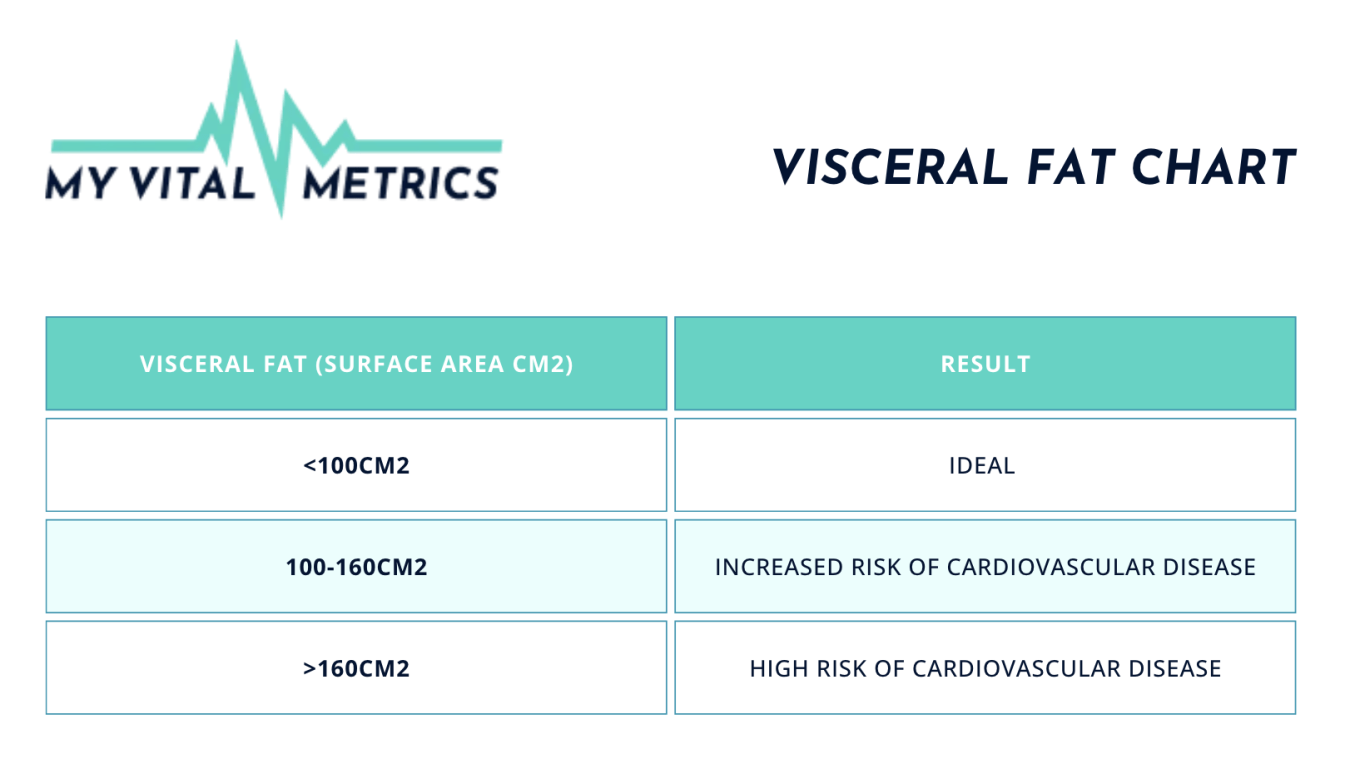How to lose fat sustainably doesn’t need to be a mystery – and the key is working with your body, not against it.
Unlike online BMR calculators that don’t take body composition into account, a DEXA scan for body fat sets you up for long-term fat loss success via a precise estimation of your metabolic rate. If your New Year’s resolution or SMART goal includes body recomposition or fat loss, then this is the article for you.
In this article, we’ll take a look at what a DEXA scan is, answer some key DEXA FAQs, and offer a step-by-step guide to losing body fat using the results of a DEXA scan.
What is a DEXA scan for body fat?
A DEXA (dual-energy X-ray absorptiometry) scan can be used for two main purposes: to measure bone density and to assess body composition.
A DEXA scan passes two low-level X-ray beams over the body to create a high-resolution image – either of your spine or hip, (in the case of a bone density scan), or of your entire body (in the case of a body composition scan).
A DEXA scan is the gold standard in body composition analysis and gives you a detailed breakdown of total mass, percentage, and distribution of your body fat, lean mass, and visceral fat. You can read more about the body composition data that a DEXA provides in our blog article: What does a body composition scan show?
If you’re wondering how to measure body fat, a DEXA scan is the most accurate way to do so.
How accurate are body composition scans?
The accuracy of a body composition scan depends on the type of scan in question. A DEXA scan is a precise and reliable way to assess your body composition. Unlike body fat scales – which utilise bioelectrical impedance analysis – a DEXA scan can measure levels of visceral fat, as well as offer a higher degree of accuracy for measuring body fat mass.
How long does a DEXA scan take?
A DEXA scan is very efficient, taking approximately 4 minutes to complete. An appointment for a DEXA scan will typically be longer, including time for you to prepare for the scan and get changed, as well as time dedicated to talking through your DEXA results and crafting a personalised action plan. You can expect to spend approximately 45 minutes at your DEXA scan appointment.
How much does a DEXA scan cost?
A single DEXA scan for body fat in the UK costs in the range of £125-200. Here at My Vital Metrics, our single scan DEXA for body composition costs £149, inclusive of your full DEXA report, complimentary 3D body scan, expert consultation, caloric estimate, and personalised action plan.
The price of a DEXA scan will depend on whether the scan is for body composition, bone density, or both, as well as your location and choice of provider.
Can a DEXA scan help me to lose body fat?
In short, yes! A DEXA scan for body fat can offer a great starting place for a range of fitness goals, including a goal to lose weight, lose body fat, or build lean muscle mass.
How does a DEXA scan help with fat loss?
In addition to providing you with accurate data on your current body composition, including body fat percentage and visceral fat, a DEXA scan allows for an estimate of your basal metabolic rate (BMR). From this, we can calculate an appropriate calorie goal to facilitate fat loss. Knowing your body’s metabolic rate takes the guesswork out of calorie counting, and lets you create a reliable calorie deficit – essential for fat loss.
What are the benefits of a DEXA scan for fat loss?
In addition to giving you an estimate of your metabolic rate, a DEXA scan also provides precise information on:
- Fat mass and distribution
- Visceral fat
- Android: gynoid ratio
- Fat-free body weight
- Muscle mass and distribution
- Muscular balance
- Bone density
This makes DEXA a powerful tool for a whole range of fitness goals, fat loss included.
How to use a DEXA scan to lose body fat
Now that we’ve outlined what a DEXA scan is and how it can help with a goal to lose body fat, let’s take a look at how to get started:
Step 1: Book a DEXA scan for body composition
First, book a DEXA scan for body composition with a trusted provider. Make sure to check that the type of DEXA you’re booking is for body composition specifically – most services offer DEXA scans for bone density, but not body composition.
Unlike medical DEXA scans, which tend to focus on a specific body area, a DEXA scan for body fat requires a scan of your entire body – make sure you opt for a provider who can offer this. Additionally, you’ll want to choose a provider who can give you unadjusted DEXA results. Some DEXA providers are still using an outdated calibration known as the NHANES calibration, which adjusts your results to add an additional 5% to your body fat measurement – this calibration has been shown to not be scientifically valid.
At My Vital Metrics, we offer unadjusted DEXA scans for body composition, and bone density, and a combined option that lets you receive both sets of data from a single DEXA scan.
Step 2: Receive your DEXA scan
Next, attend your DEXA appointment. Once you arrive, you’ll be greeted by the DEXA technician, and asked a few questions about your overall health, as well as your fitness goals.
When it’s time for your scan, you’ll be asked to remove clothing and any jewellery (you’ll be provided with a gown to wear), before lying on the DEXA scanner. The DEXA technician will position you on the bed, and the scan will take approximately 4 minutes to complete. A DEXA scan is a non-invasive, quiet, and painless procedure – and isn’t enclosed, so you won’t feel claustrophobic – simply lie back and wait for the scan to be complete.
For more information on the DEXA scan procedure, you can watch our full explainer of how a DEXA scan works.
Step 3: Interpret your results
